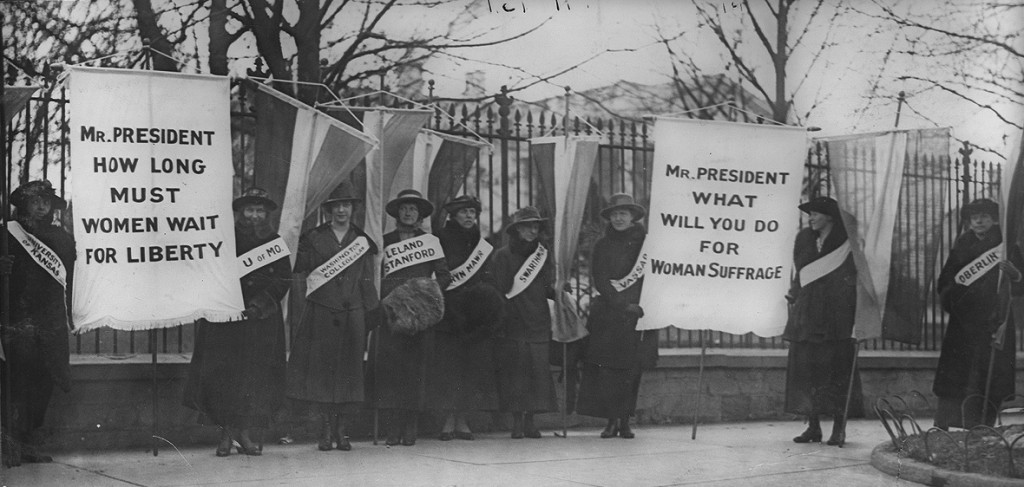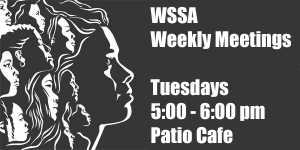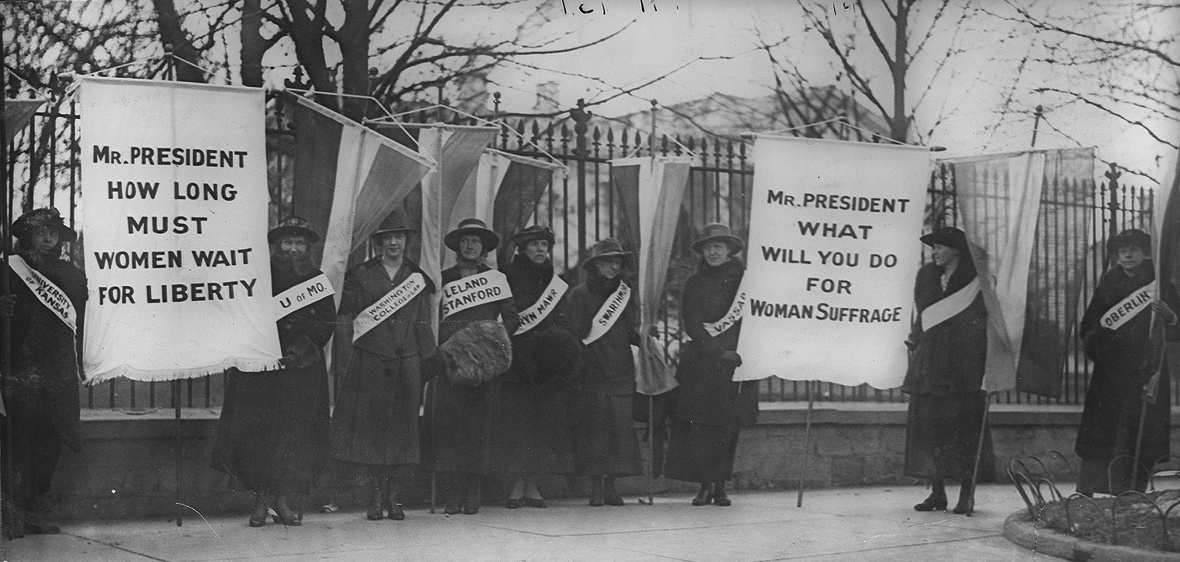Banning the ‘F’ word

This month Time magazine featured an online poll asking readers which word should be banned in 2015. Words such as “bae,” “turnt” and “yaaass” were included on the 15-word list, but “feminist” was the word that had the most votes.
The fact that “feminist” was even featured on a list of words to ban sparked all kinds of controversy and eventually led to a letter of apology from Time’s managing editor, Nancy Gibbs.
Gibbs stated in her apology that the word was put on the list for readers to examine the various ways the word has been used.
“Feminism absolutely isn’t a buzzword, it is a stance based on an entire movement which has history far beyond what Time tried to limit it as,” said Emily Dillard, UHCL alumna with a bachelors of science in psychology.
There are four waves of feminism. The first wave started in 1848 when women met at a Seneca Fall convention to discuss unequal legal issues such as the right to vote. The second wave of feminism started in the late 1960s, which included the Equal Rights Amendment that allowed women to be fully educated and allowed equal access to jobs. Once women had equal legal rights, the third wave of feminism in the late 1980s focused on women of color and those who identified as gay.
Feminism today is in its fourth wave and objects to heteronormative categories. Feminists today do not want to be limited to identify themselves as male or female and they seek social equality between the genders.
“The fourth wave of feminism insists on the right to remain gray; to live between the categories and live within all the colors,” said Charlotte Haney, coordinator of women studies and behavioral sciences.
Not only does feminism include women, these days it also includes men and members of the lesbian, gay, bisexual and transgender (LGBT) community.
“Men are essential to the feminist movement because they are affected by social injustices too,” said Shaun Simon, coordinator for intercultural student services. “If a man cooks or cries, he’s not considered ‘manly.’”
Sonya Herridge, president of Women’s Studies Student Association (WSSA), explains that there are many types of feminism in place to encompass everyone’s issues.
“Feminism is complicated. Are we talking about the feminism that’s popular right now? The egalitarian feminism?” Herridge said. “Egalitarian feminism seeks equality between the sexes/genders. However, this does not address class, race, religion, national origin, ability, or any other intersectional inequalities. That’s why there are multiple types of feminisms.”
Herridge identifies herself as an eco-Christian-Chicana-postcolonial feminist, but academically she refers to herself as a postcolonial feminist.

Next semester WSSA will be hosting a variety of events that provide details of what encompasses feminism. WSSA will navigate this question in the form of Feminism 101, Feminism 102, Women in STEM, The F Word, and Faith and Feminism. The events will be posted on WSSA’s Facebook page.
“While ignorance can be ‘fixed,’ the education and re-education of gender equality continues to be a life-long goal of each succeeding generation of women and men who do believe in equality and justice for all,” said Angela Howard, program director of women studies.


I wanted to thank you for this fantastic read!! I definitely enjoyed every bit of it. I’ve got you bookmarked to look at new stuff you